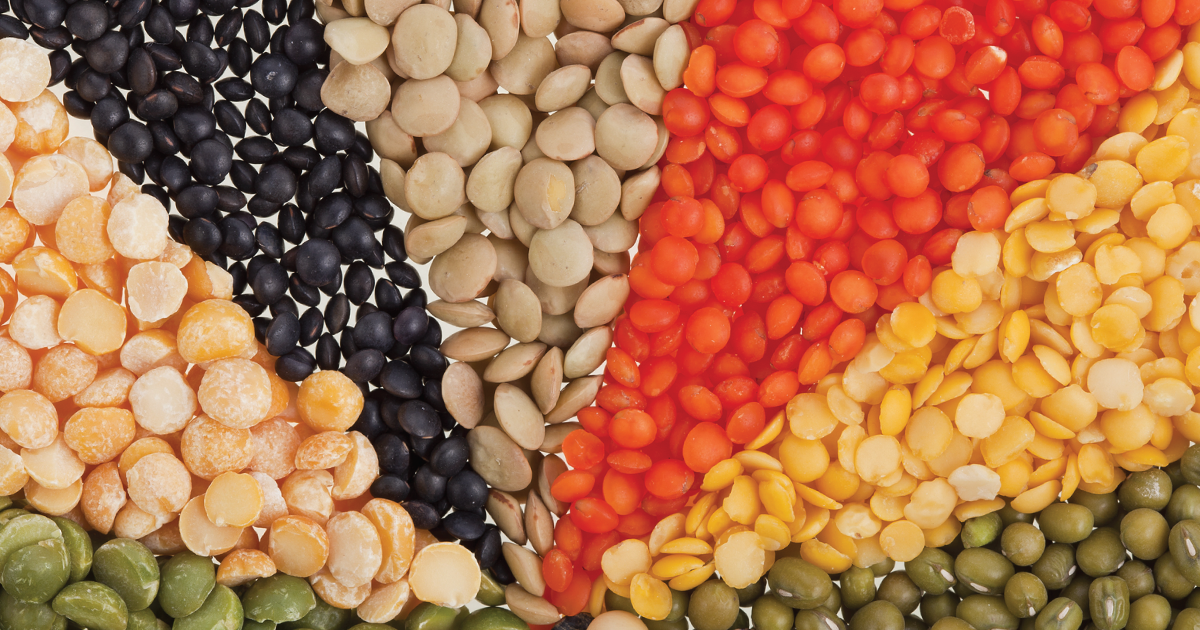
Plant-Based Diets and Regenerative AG Have Sparked a Pea and Lentil Renaissance
Three decades ago, when David Oien and three other organic farmers from central Montana began planting lentils, it was a rebellious act. Oien’s farm was surrounded by thousands of acres of wheat, the popular crop that blankets large swaths of arable land in the Northern Plains, and no one in the area was planting anything else.
February 18, 2020 | Source: Civil Eats | by Gosia Wozniacka
Health and environmental concerns are driving ‘phenomenal’ growth for these humble pulse crops, which offer soil as well as dietary benefits.
Three decades ago, when David Oien and three other organic farmers from central Montana began planting lentils, it was a rebellious act. Oien’s farm was surrounded by thousands of acres of wheat, the popular crop that blankets large swaths of arable land in the Northern Plains, and no one in the area was planting anything else.
The farmers, who formed Timeless Seeds, Inc. to grow alternative crops and find new markets, helped popularize pulses—i.e., lentils, peas, and chickpeas (also known as garbanzo beans)—in their region and beyond. They started off with just a few hundred acres and a handful of volunteers, but today, Timeless is a million-dollar business that works with more than 40 organic producers and grows food for major retailers and restaurants. The company was featured in the 2016 book The Lentil Underground, which follows the farmers’ work and describes Oien and his colleagues as renegades and pioneers.
